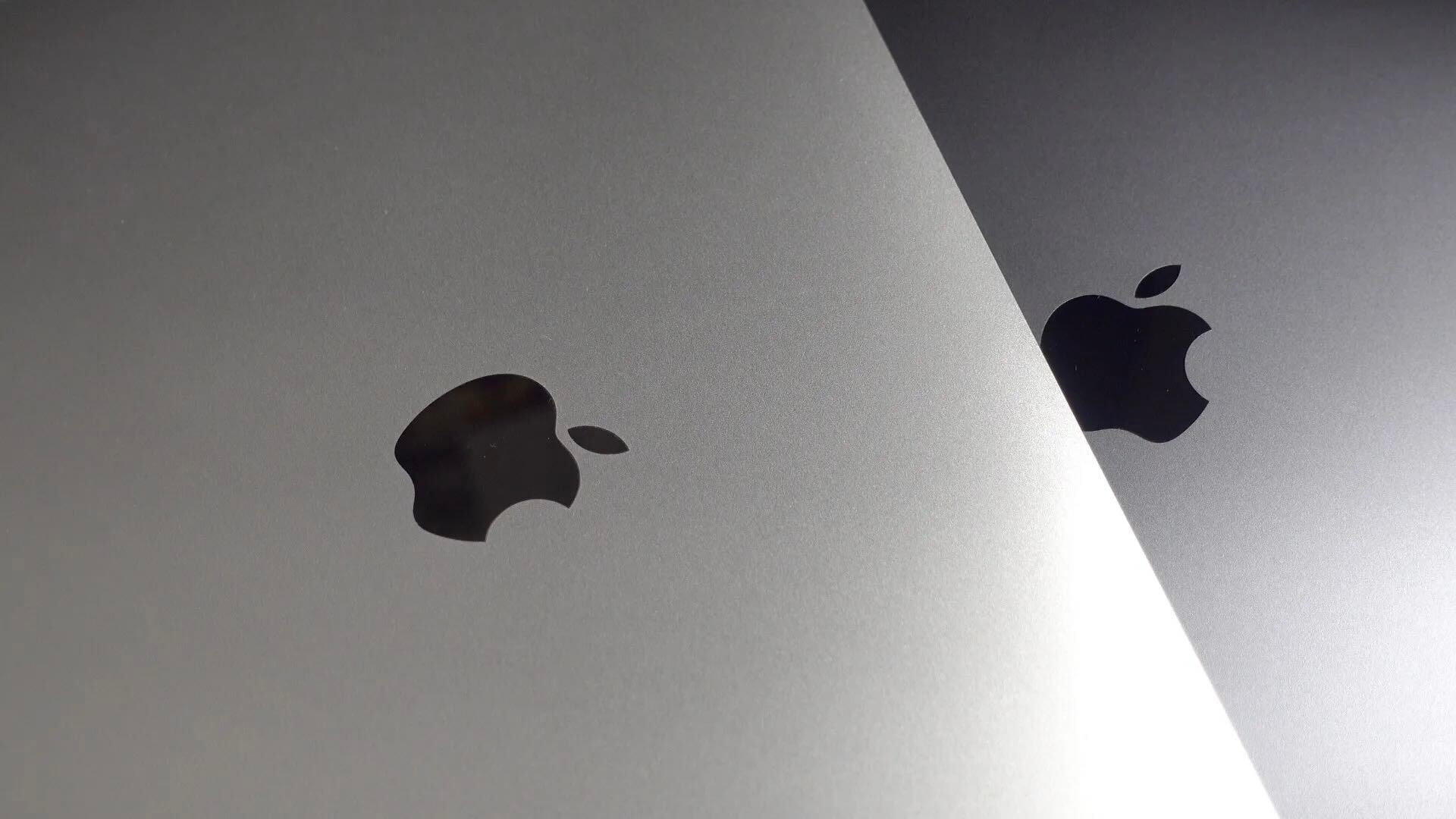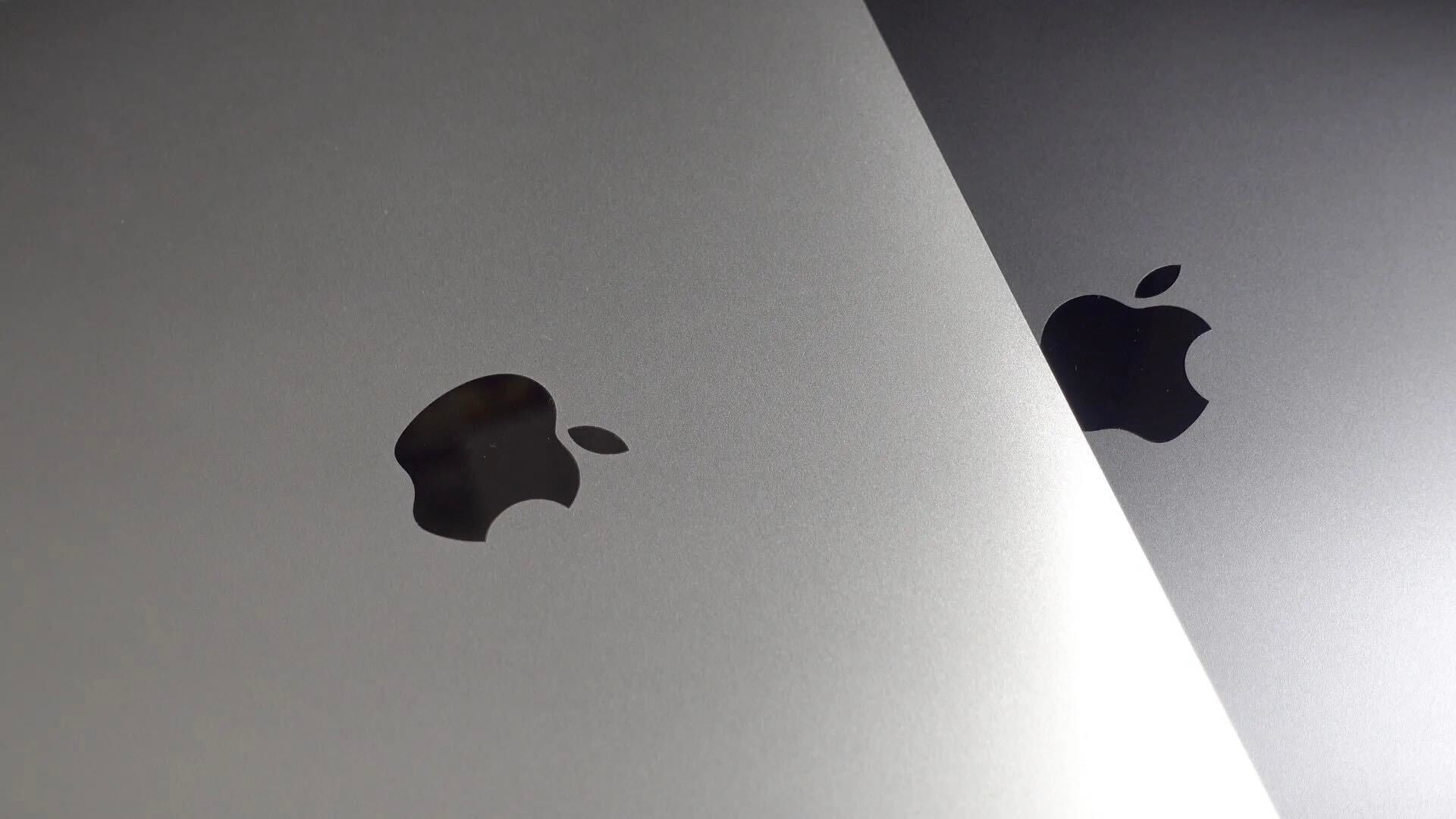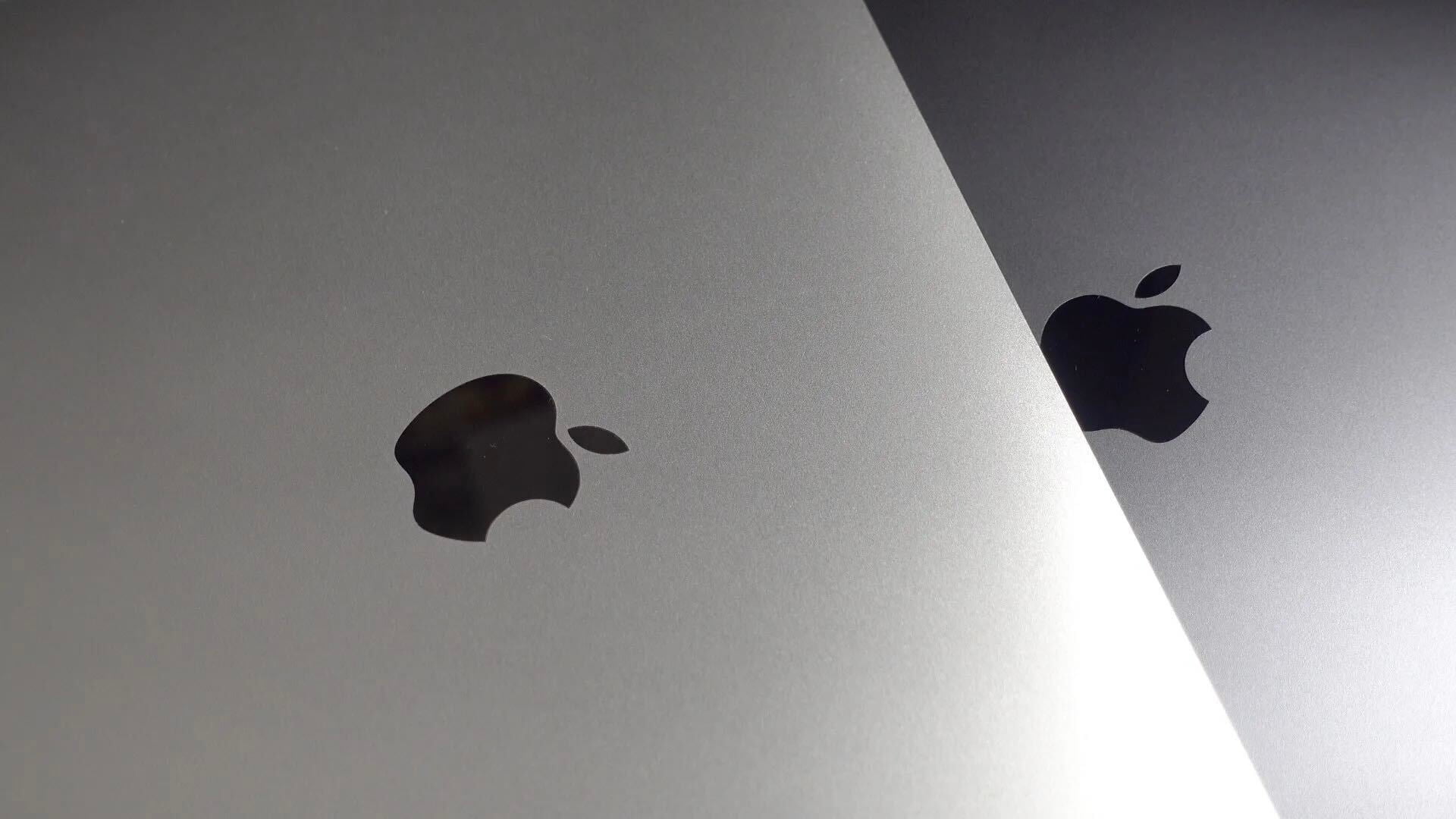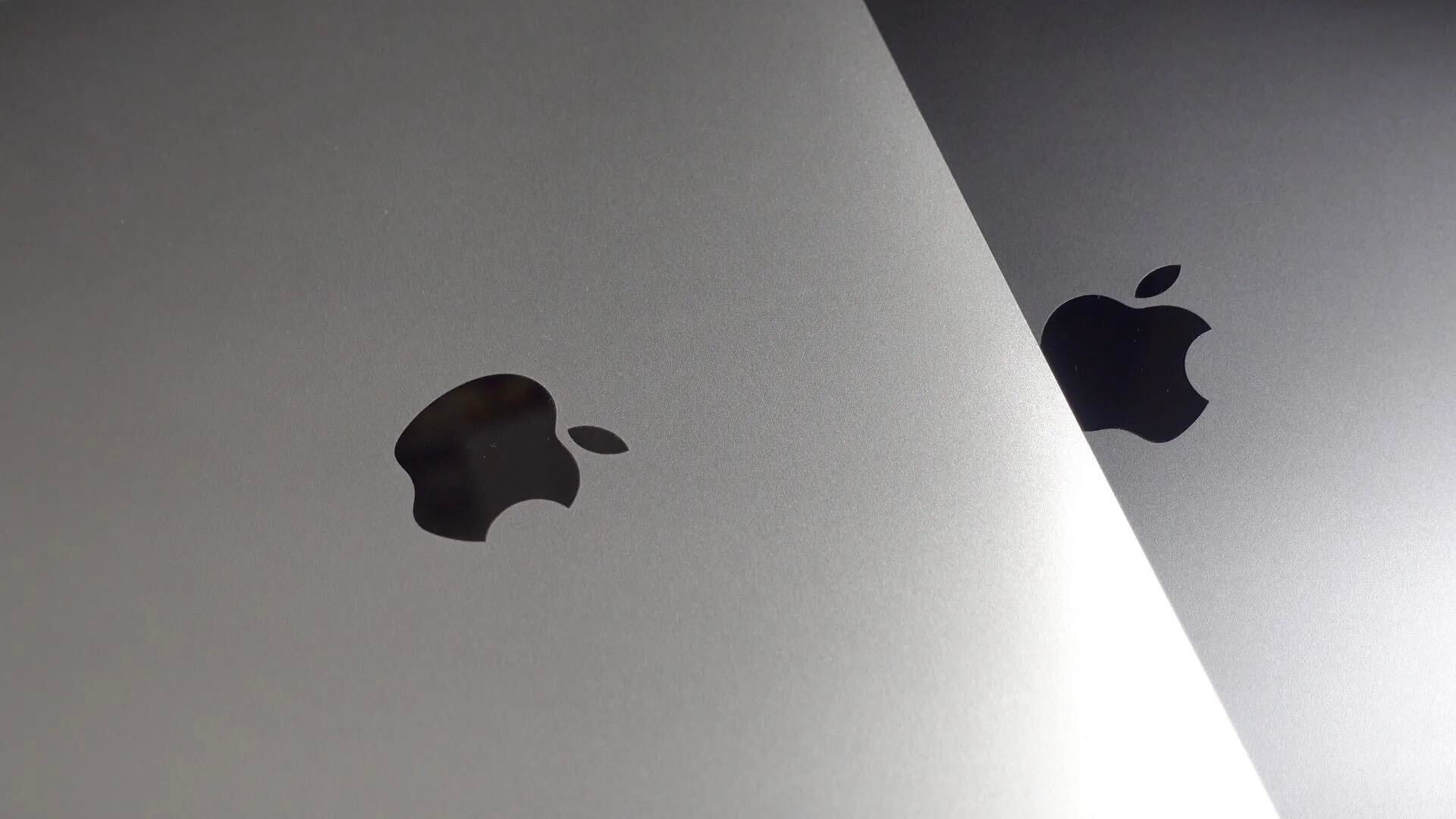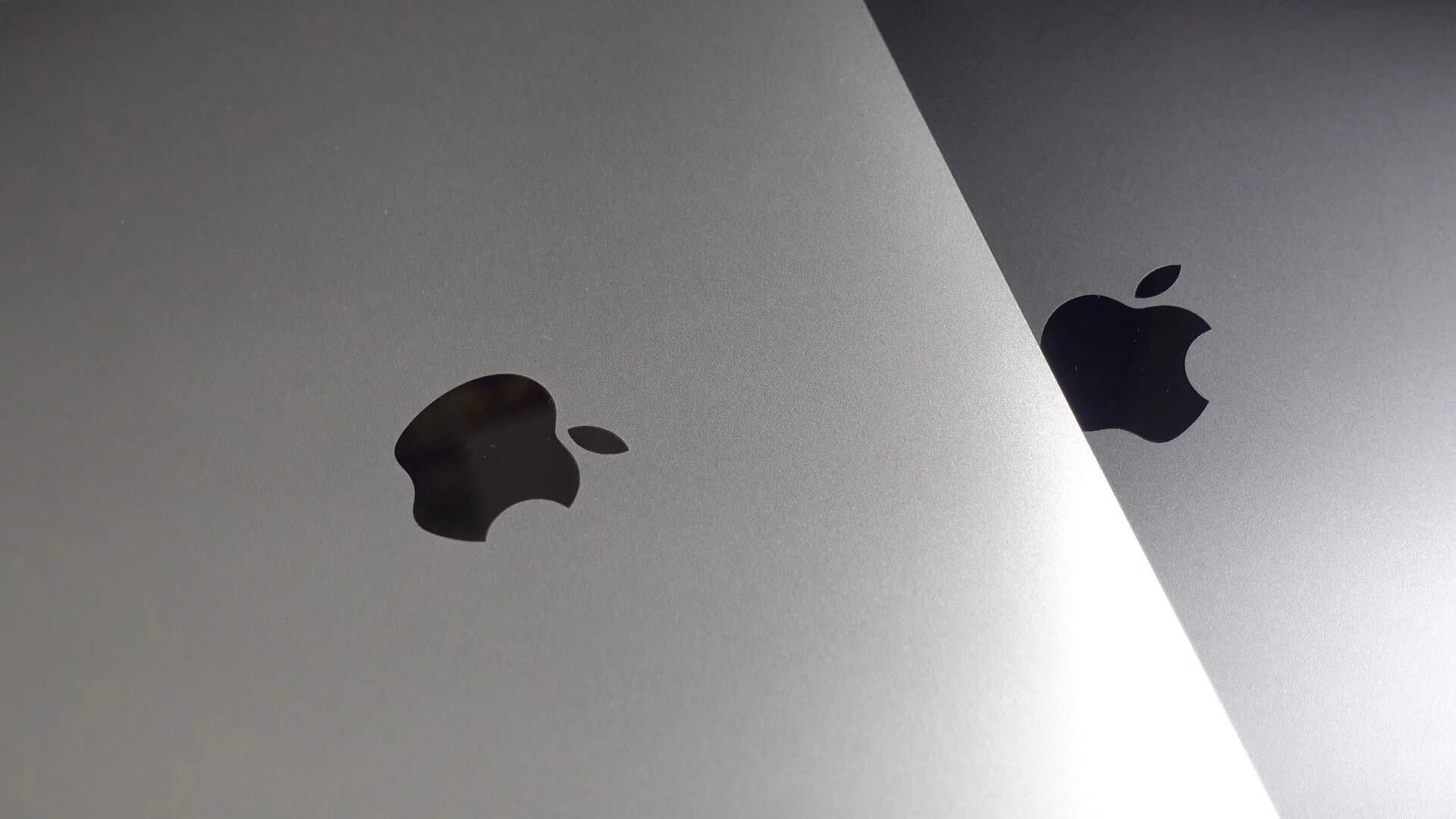Review: Aircharge Qi wireless charging case for iPhone 6 (and 5/5s)
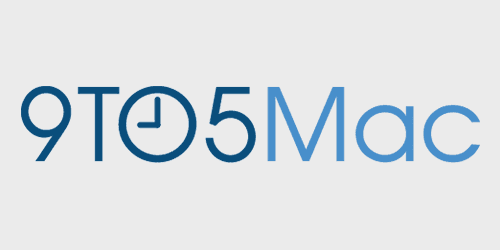

As a founding member of the Wires Are Evil club, I’ve been waiting impatiently for wide-area wireless charging, where any device on a desk or within a certain area of a room is wirelessly charged. That still seems a way off yet.
A good halfway house would be inductive charging powerful enough to work through the thickness of a desk, so your charging pads sit out of sight on the underside of the desk and your devices charge as soon as you put them down on the right place on the desk. Sadly today’s wireless charging standards are too weedy to work through even the thinnest of desks.
If you want wireless charging today, then, you’re going to have to have a visible wire to a charging pad, and place your device on that. Apple has so far limited wireless charging to the Apple Watch, but if you want it for your iPhone, you can buy a wireless charging case that allows you to use any compatible wireless charging pad. We’ve reviewed a number of these over the years, and I thought it was about time to try one for the iPhone 6 …

